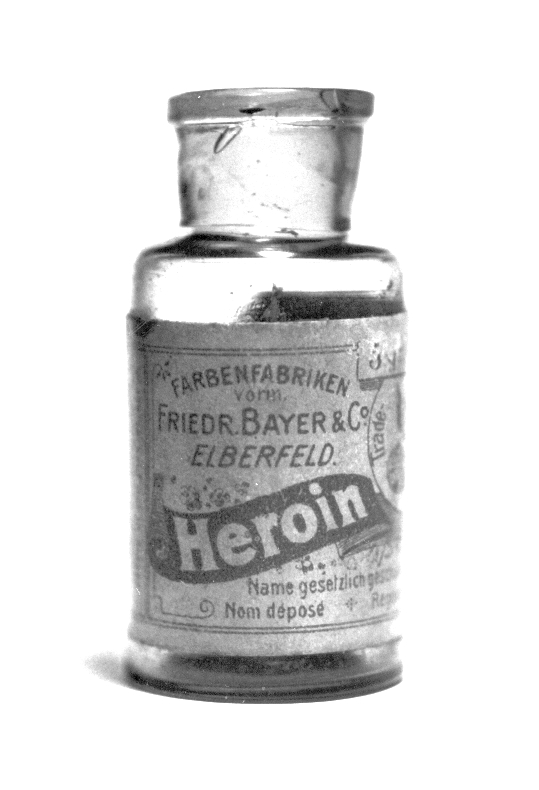
It is an absolute dramatic and startling fact that – over the past five years – a heroin tsunami has washed over middle and upper middle class America. Maybe it’s even your boss who is strung out on heroin. Heroin is going mainstream.
Roll back the calendar 20 years and heroin was seen as an exclusively urban issue, mainly restricted to underclasses. “Traditionally heroin was a poor inner city problem,” said Constance Scharff, director of addiction research at Cliffside Malibu, a self described luxury drug rehab center. “It never got any attention.” Now, said Scharff, Cliffside is seeing a lot of heroin addiction among its clientele.
But it’s not just the trendy wealthy. Nowadays, said Kenji Oyasu, executive medical director at Brightside Clinic in Northbrook, a Chicago suburb, “You see people you don’t expect to be opium addicts. Middle class white males in suburbia are a big cohort.”
Maybe it is harder to say who isn’t using horse, one of many street names for the drug. “Heroin is a problem, it’s widely used,” said Kristen Morgan, director of admissions at Feinberg Addiction Services, which helps families identify suitable resources for addicted family members.
“Heroin in the office is rampant,” said addiction coach Cali Estes. “With longer hours and more job duties per employee, we are finding that staff are turning to heroin to get through those days.”
Worse still: many experts see heroin as a growing problem. “It clearly is on the rise,” said Monte Drenner, an addictions counselor in Florida.
Why has heroin snared so many of us? Simple. It comes down to government decisions and economics.
As for the government, about a generation ago, it told doctors to be hyper vigilant in treating patient pain. What that meant in practice is that there were innumerable prescriptions written for so-called opioids such as Oxycontin, Vicodin, and Fentanyl. All numb out pain. To the body, there isn’t much difference between an Oxy pill or heroin. An opioid high is an opioid high.
With any opioid, addicts develop a tolerance and many found themselves wanting more and more. So shrewd addicts began seeing a general practitioner, maybe an internist, certainly a dentist, and pretty soon they had prescriptions from many doctors for opioids.
Flashback a few years ago and the government shifted gears. The word was out that docs were overprescribing painkillers and there was much teeth gnashing about pill addicts among us. States – 49 of them, all except Missouri – have set up so called Prescription Drug Monitoring Services where a doctor who is about to write an opioid prescription for a patient is supposed to look up the patient in the database and see how many current opioid prescriptions he has.
In 2014, the Obama Administration reclassified opioids so that prescriptions no longer can self-renew. A patient is limited to a 90-day supply on one prescription, and to get more he needs present a new prescription to a pharmacy. In most cases, a faxed or called-in prescription is unacceptable.
That triggered a panic among opioid users as supplies, both legal and illegal, tightened – but then heroin entered. The street price for one Oxycontin pill might be $35, said Estes, but a bag of heroin is $10.
It’s not quite that simple, said addictions coach Patty Powers. Soon that junkie will need three or four bags to get a good high – but even so, heroin really is much more available today than are opioids. She added: “I have known people who remained high functioning business owners or executives whose prescription drug addiction lead them to heroin.”
Isn’t it hard to find heroin to buy? “In an urban area you can get heroin almost out of a vending machine,” said Scharff.
Pretty much every street dealer now offers heroin among his other items for sale.
Users start by sniffing heroin, or smoking it, but many quickly graduate to injecting it, mainly because that’s more cost effective and a better high, said experts. Do they have needle marks, the historic telltale sign of a junkie? White collar addicts are said often to inject in their feet, even between toes, in order not to leave easily visible marks.
Estes said that at many companies there now is a subculture of heroin users and there are understood code phrases. Case in point: let’s order Chinese food, she said, often is code for let’s get stoned – China white is a street name for a high quality heroin – and, more conveniently, said Estes, often the food delivery person also is a drug connection.
“Companies – even big tech companies in Silicon Valley – have this problem and have no clue about how to deal with it,” said Estes.
What will end this explosion of heroin use? Nobody honestly knows. Experts express no optimism about a quick solution.
For now, how to identify a junkie amongst your office mates? Estes offered this succinct field guide: “Their pupils are dilated to a pin dot. Their pupils turn fuzzy blue. And they look half asleep.”

